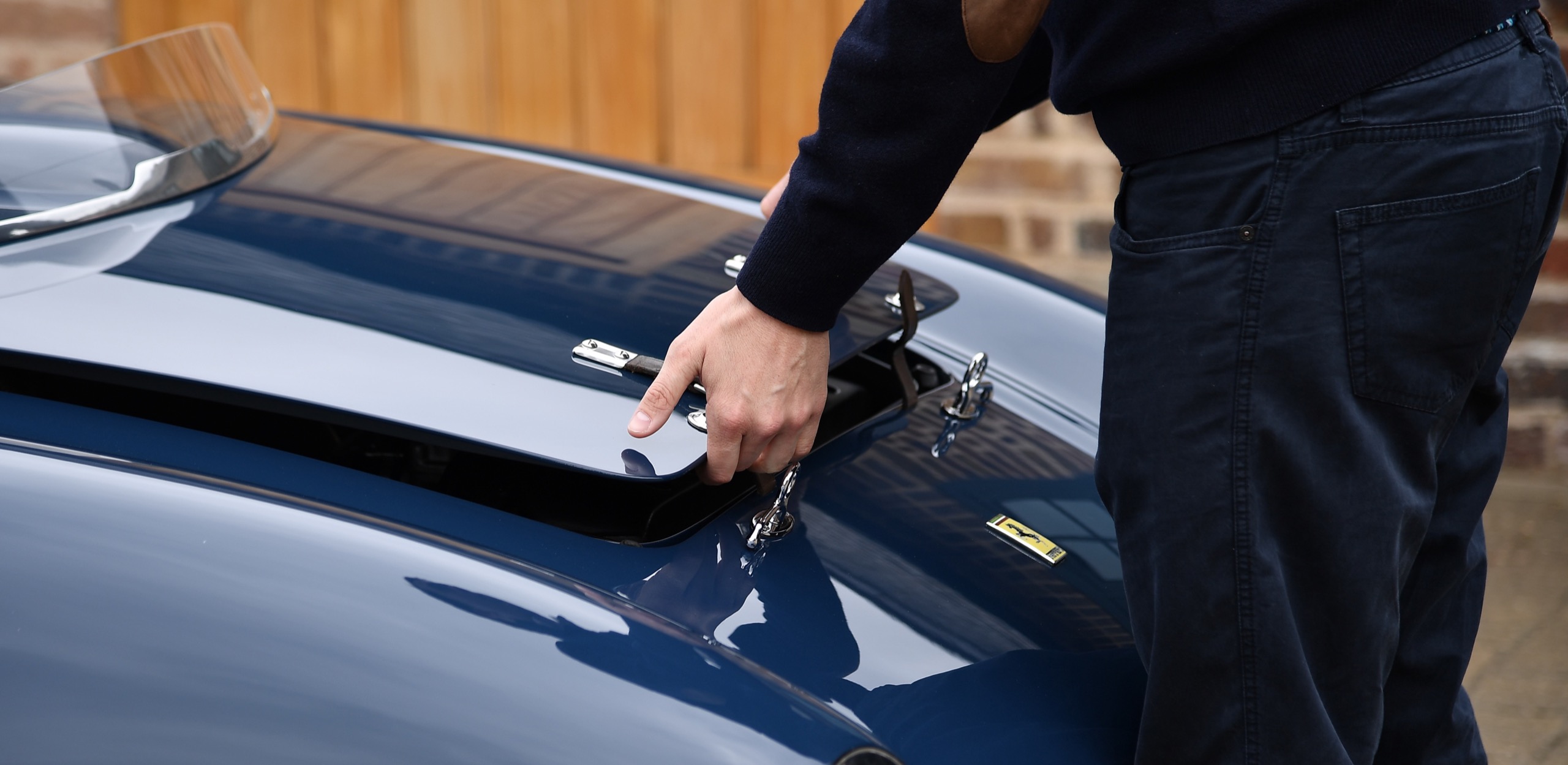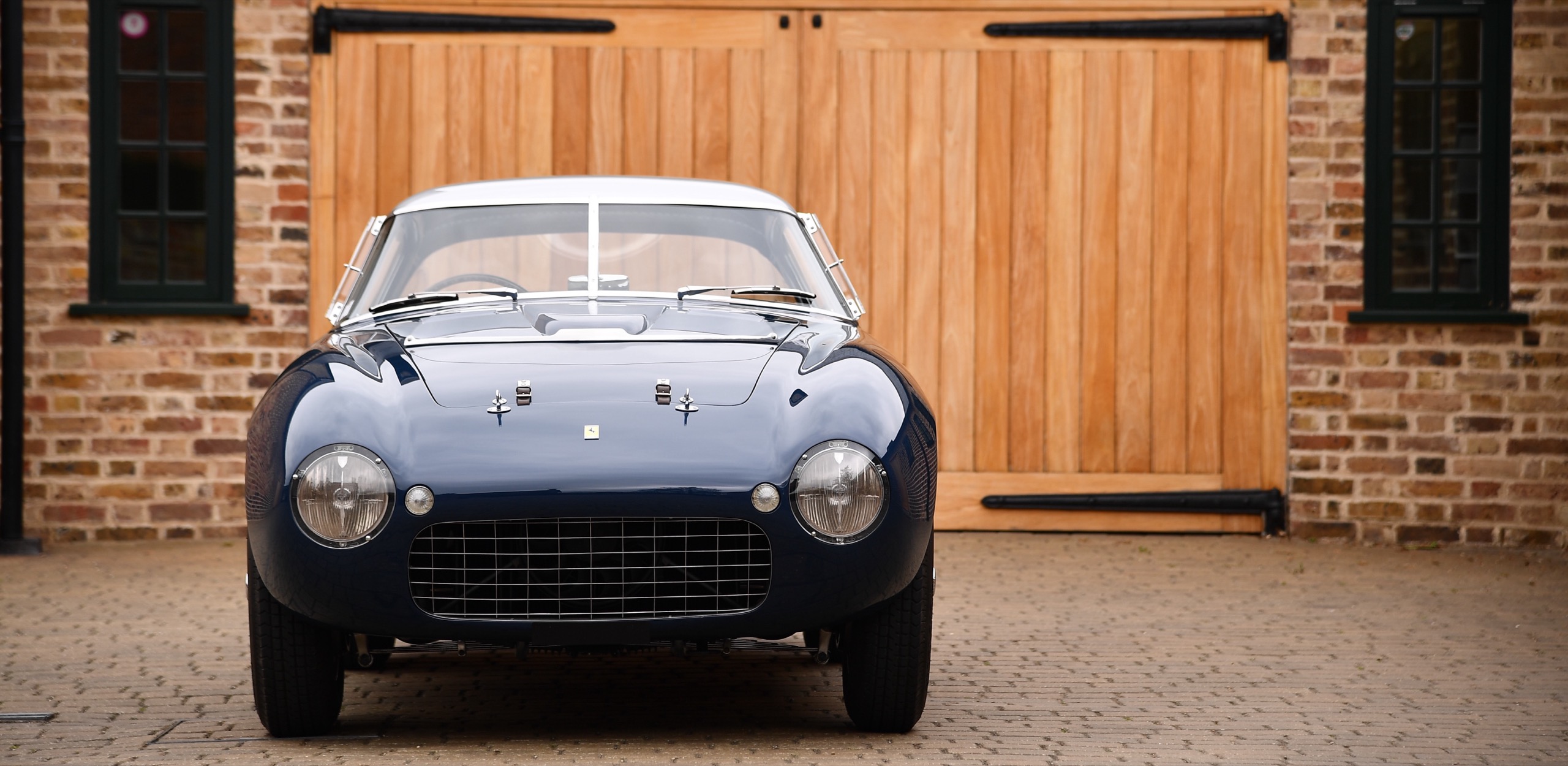
Tracing the origins of a long-standing artistic relationship back to its embryonic beginnings doesn’t always bear the sweetest fruit. Some things – products, apparel and yes, cars – that we might consider to be the pinnacles of clean design and aesthetics today, began their journey on far shakier legs. Among the misfires and the “what were they thinking?” founding moments of many marque products are the triumphs that got it right from the very first moment pen was put to paper. These world-changing fledgling steps can’t simply be put down to mere happenstance; they’re the result of a perfect combination of brand, product and designer coming together at exactly the right time.
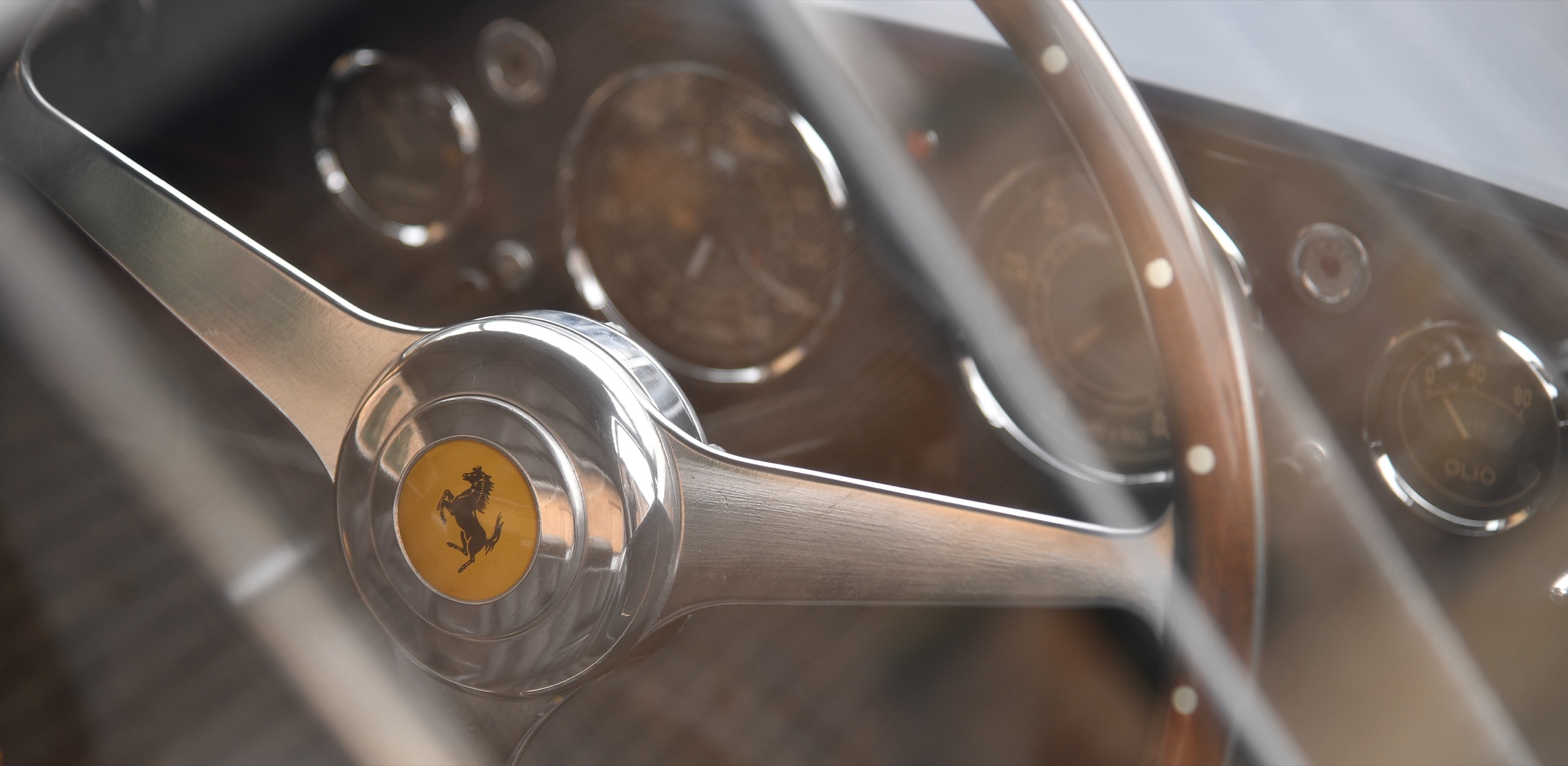
These perfect storms are the progenitors of a complete and very defined design language. They are catalysts for iconic lineages that endure through the years, despite a rapidly changing technological landscape. Ferrari has one of the most coherent, long-lasting and easily recognisable design languages of any automotive brand – perhaps only Porsche and its evergreen 911 silhouette can match the Cavallino for sheer man-on-the-street instant recognisability – regardless of whether or not the man in question has any interest in automobiles whatsoever.
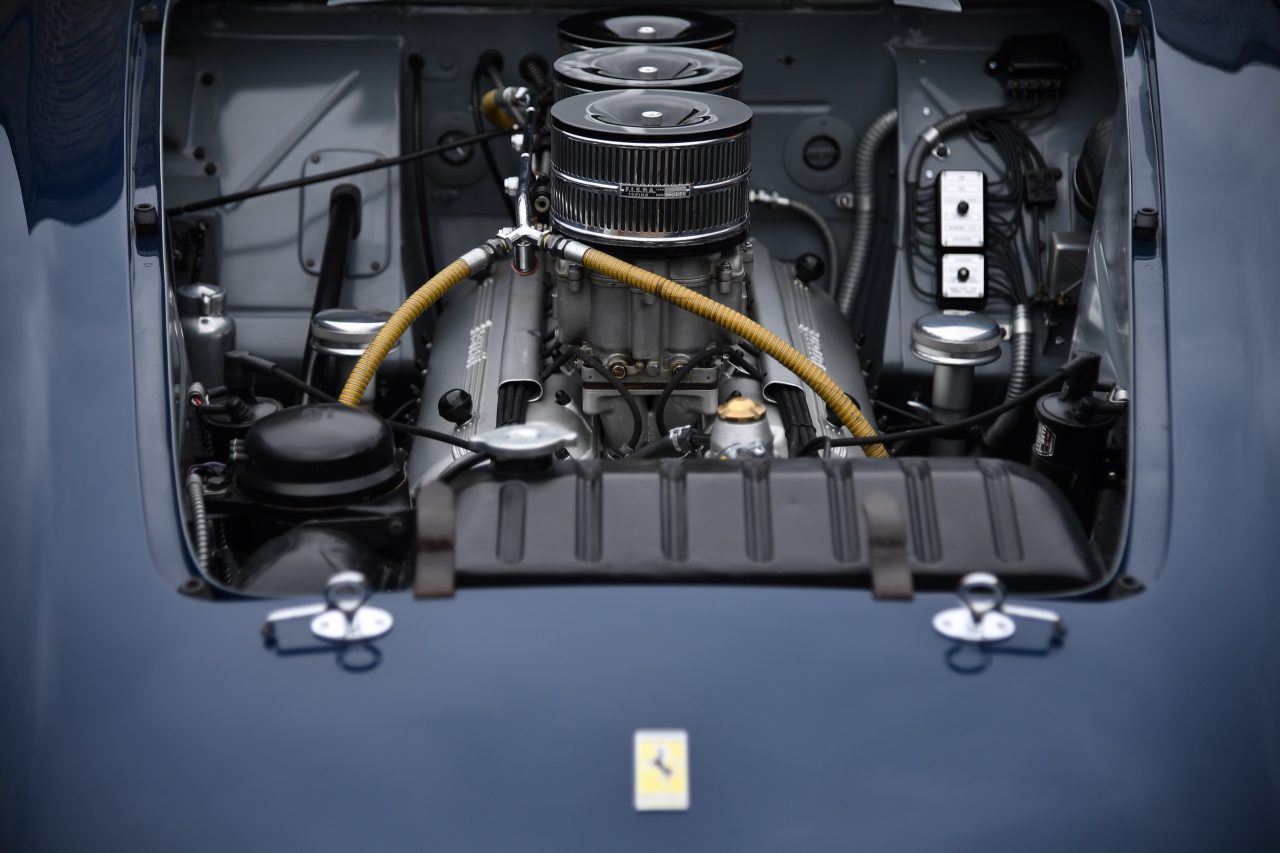
A Ferrari looks like a Ferrari – even to a layman.
The world has, at least in part, Pininfarina to thank for that. A design house that up until very recently breathed life into nearly every new Ferrari – well over 200 in total. Pininfarina imbued each and every model with that defining cavallino DNA. The sinuous, understated muscle, the wonderfully sharp features and the sense of aggression bubbling away quietly just under the surface. Never completely outrageous and always pretty, Pininfarina’s Ferraris have always been fodder for fantasy, ever since the very first collaborations between the two hard-headed Italian visionaries – Battista ‘Pinin’ Farina and Enzo Ferrari.
It almost never happened, though. In 1951, while both men had expressed keen interest in meeting to discuss working together, both were too proud to make the short trip to each other’s hometowns, Turin and Modena respectively, for said meeting. It was only after some greasing of the cogs and a little negotiation by Farina’s son and eventual successor Sergio, who had only just graduated university at the time, that the two men agreed to a meeting at a quiet restaurant in the town of Tortona … nearly exactly halfway between Modena and Turin. With a deal hammered out and handshakes offered, the union between the two companies was sealed over lunch and lambrusco.
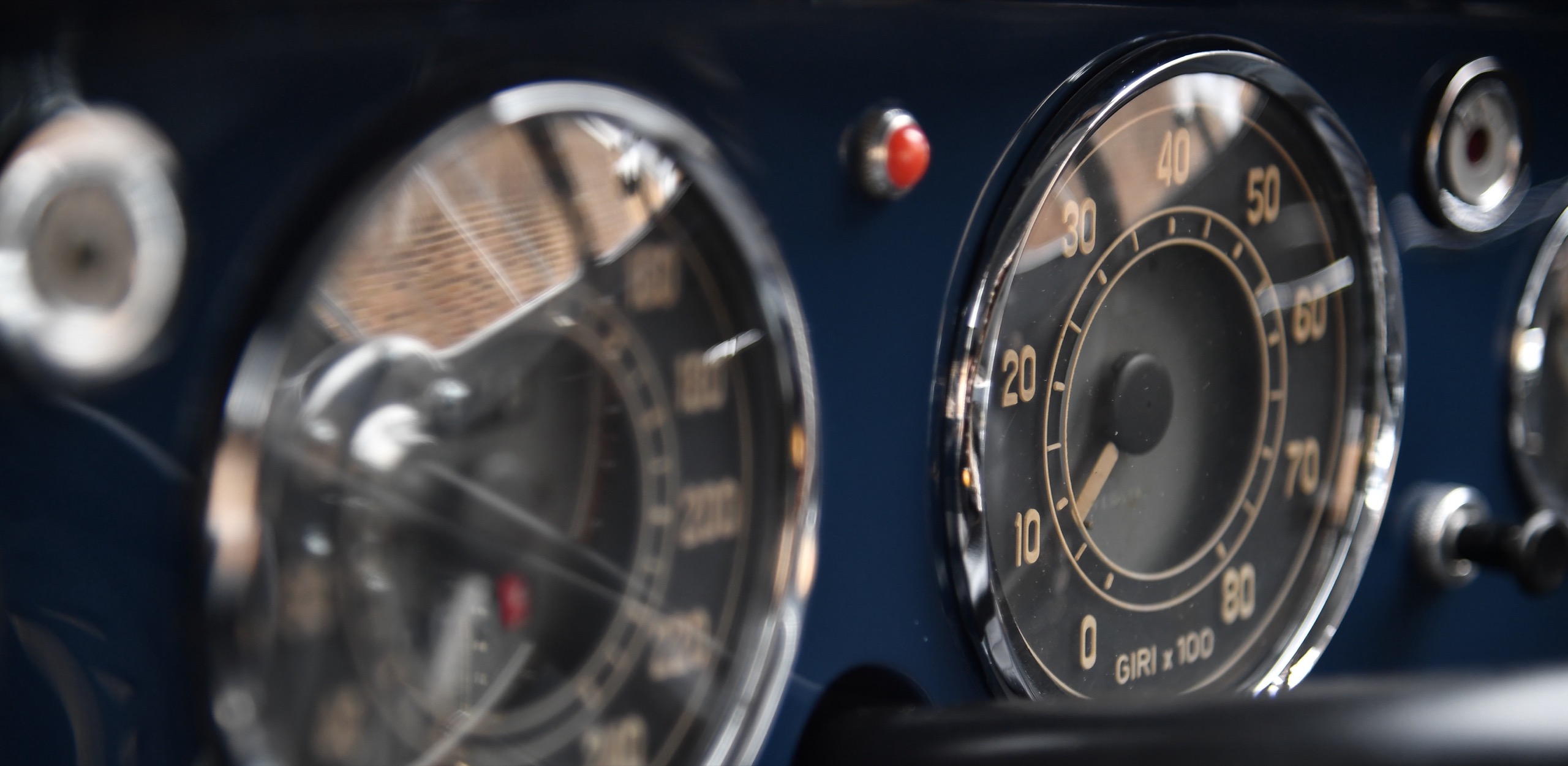
One of the very first progenies of that marriage between engineering excellence and beautiful design that would come to define Ferrari was chassis 0346M, a 1953 Ferrari 166MM PF Berlinetta. Built for wealthy German industrialist Kurt Zeller, the even-numbered competition coupe is special. Of the thirteen series two 166s built, only four of those were coupes, and of course only one of those four, this car, was bodied by Pininfarina, with the previous slicktops emerging from the Vignale stables. The diminutive 650kg race-ready machine was the last 166 produced and the only example to be sold in Germany.
Zeller took delivery of his new plaything in the summer of 1953. The wealthy German, who owned a steelworks just outside of Munich, was clearly not short of funds, having already owned a 212 Inter Coupe. Interestingly, the 212 was sent back to Maranello in exchange for the new 166 and the identification plates swapped, assumedly to avoid the huge import duties of the time on luxury goods. A ‘gentleman racer’, Zeller immediately dove into competition, first entering the Nürburgring 1000 in August with his brother Walter. That race, which also saw legends like Alberto Ascari and Giuseppe Farina running, resulted in a DNF for the Zellers after they ran dry of fuel (despite a huge 120-litre tank). It was to be the first of many races for the 166 across Europe over the next two years, before it was then sold to an American serviceman stationed in Germany in ‘55.
#0346M eventually accompanied its new owner upon his return to the States, where it was onsold once again, though it was to be all downhill from here. The new owner, from Connecticut, was a little overzealous on the throttle and underzealous on the maintenance, resulting in one blown Colombo V12. A 250GT block was substituted and the car began bouncing around the States at the hands of many different owners. By the mid seventies the 166MM was near-forgotten, sitting in a backyard in Atlanta as the local flora attempted to reclaim its beautiful aluminium bodywork for mother earth.
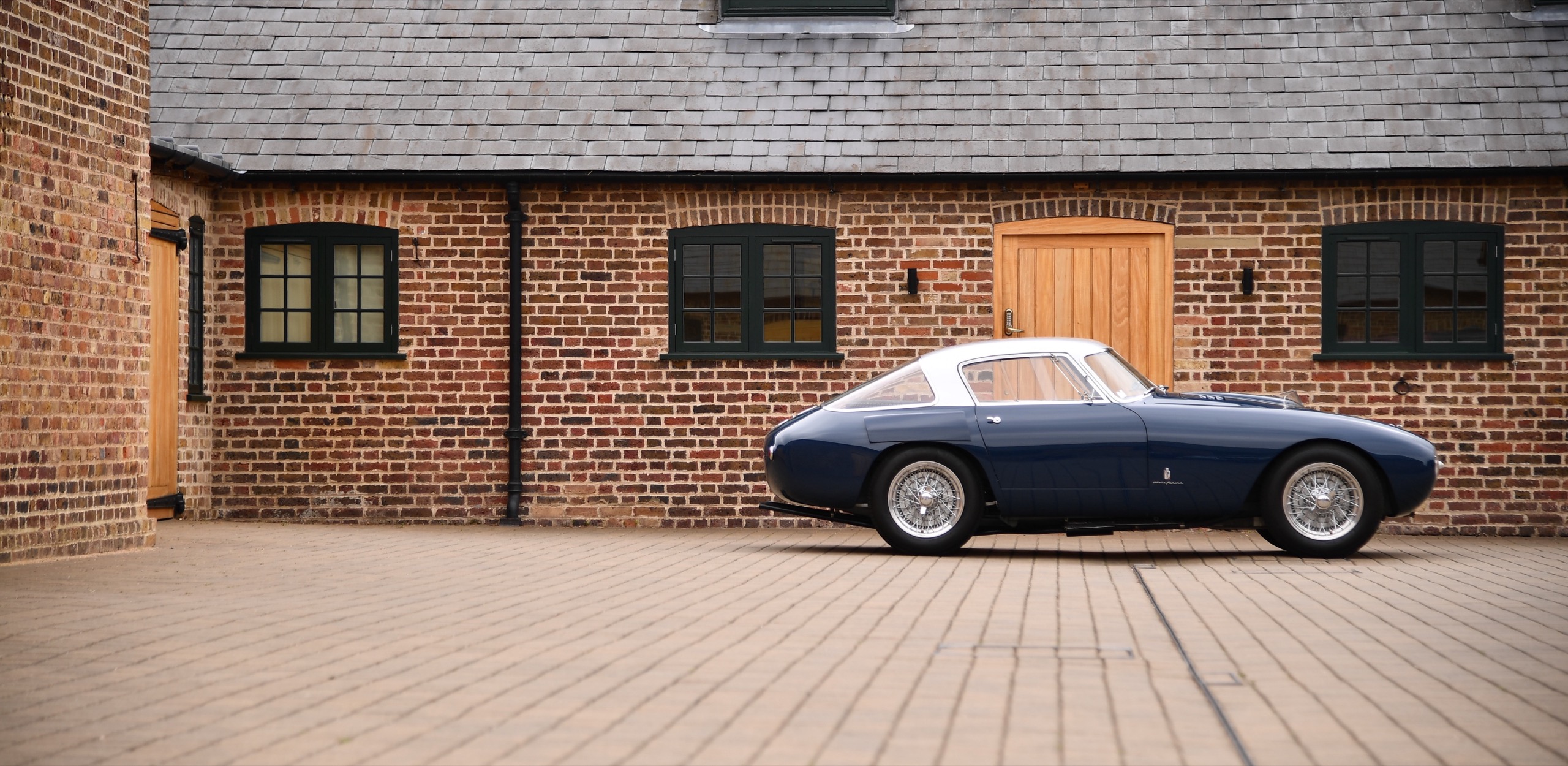
It wasn’t until 1979 that Gerry Sutterfield, a noted collector and restorer, found and saved the car, placing it into dry storage. There it stayed until 1999, when things finally began to move forward for the 166. This was when collector Wayne Sparling kindly gifted Sutterfield the original blown two-litre Colombo that had been pulled decades earlier. Gerry’s plans never quite came to fruition, but the reunion of engine and body got the vintage Ferrari world talking. One man in particular, David Cottingham of London’s DK Engineering, was especially interested in the news, and soon flew to Florida to inspect and acquire the car. It was, all things considered, in remarkably good shape, with no evidence of major accidents and many original parts still intact. As one would imagine, however, the Ferrari was going to require a serious amount of restoration work if it was ever to be brought back to its former glory.
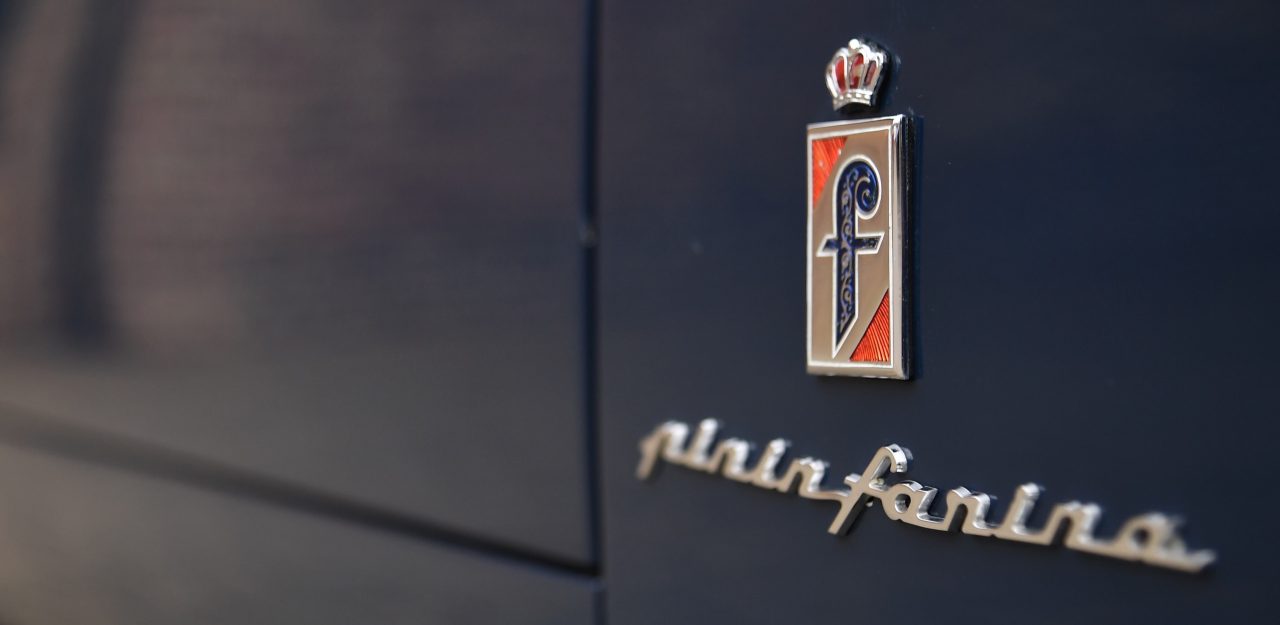
After being shipped to the UK in 2003, DK began tearing into the car, spending the next few years painstakingly restoring each and every part back to original condition. Though there were precious few resources on which to lean, the period photos that were available – especially shots of #0346M sitting outside the Pininfarina factory in Turin upon its completion – proved invaluable. The team was able to slowly but surely restore Pininfarina’s handywork, mostly working with what they had, but at times recreating the odd part from scratch, using the few images in existence as reference. Some parts, like the front grill, took many months and multiple attempts to get right, but the end result as a whole proved worth the effort. DK layered the diminutive body, with its “tyre cooling” vents above the rear tubs and unique perspex fly guard on the hood, in a deep blue, just as it had been in period. Initially, while the team knew the car was originally a dark blue of some kind, the exact hue was a mystery until some small patches of factory paint were found while tearing the Ferrari down, giving them the best reference possible, right in front of them.
The interior, as one might expect from a 650kg lightweight racer, is an extremely sparse affair. The wonderfully simple arrangement, with its spartan leather-bound seats, alternating grey-and-blue colour scheme and extensively swiss-cheesed metal work, does little to coddle the driver. You’re not likely to forget that there’s an angry Colombo V12 under the bonnet when at the wheel of this car.

With the delicate leather straps unhooked, the hood gently lifts completely away from the car to reveal an exceptionally, almost unexpectedly pretty engine bay. It’s a heady mix of not just fine details and elegance, but imposing brawn and power too. With its deceptively modern-looking sculpted valve covers, its twelve snaking exhaust runners and its triplet of huge quad-choke Weber downdraught carburettors running down the valley between the cylinder banks like a mechanical mohawk, the Colombo V12 seems like far too much engine for such a diminutive and elegant car – perfect. This particular 166, being a series two, benefits from six-port heads and roller cam followers borrowed from Lampredi’s long block V12. Thanks to these improvements and the big Webers, the growling Colombo’s power jumped to 160hp with a rev limit of 7200rpm. This meant an astronomically improved top speed; from 110mph to 137mph. As an interesting footnote, this particular car was to be the last triple-carburetted Ferrari ever produced.
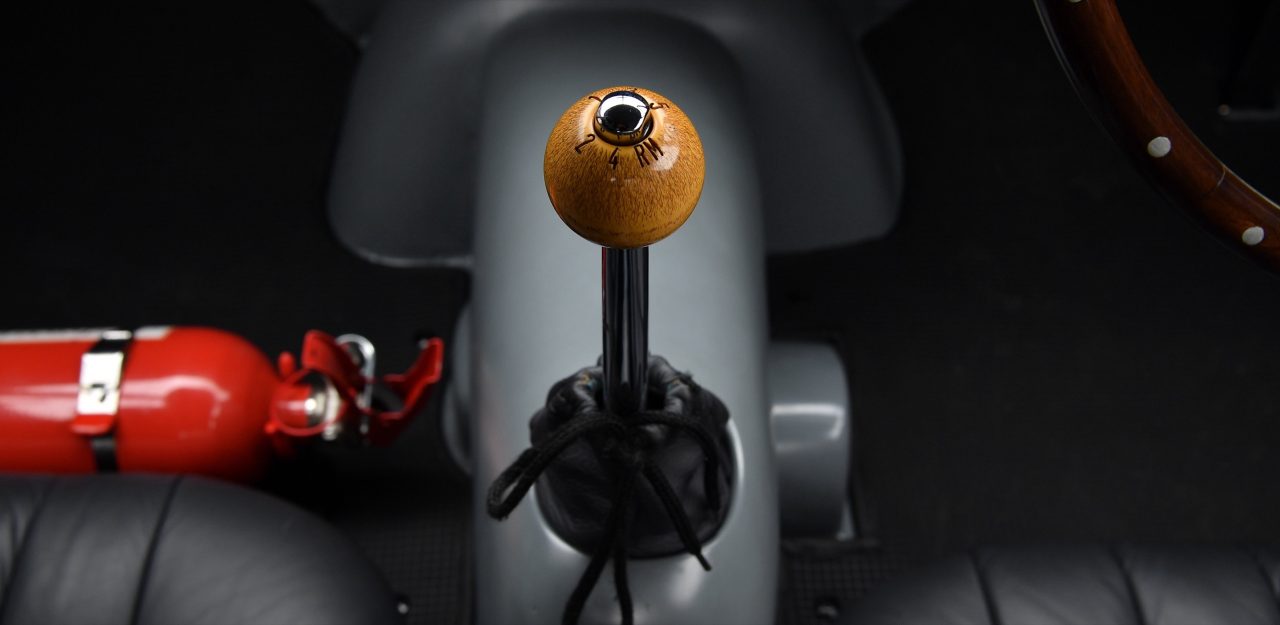
Gorgeous in its lightweight, no-compromise simplicity, the 166MM PF is a treasure. But it’s also more than that. It’s not precious simply because it’s exceptionally good looking and exceptionally valuable, not even because it sounds like the gods themselves are singing when those big Webers open throat; it’s about the moment that this 166MM represents.
It’s a handshake between two very clever men. A mutual agreement that probably seemed of small significance at the time, but would come to be incredibly important in not just Ferrari’s story, but the motoring world’s as a whole.
